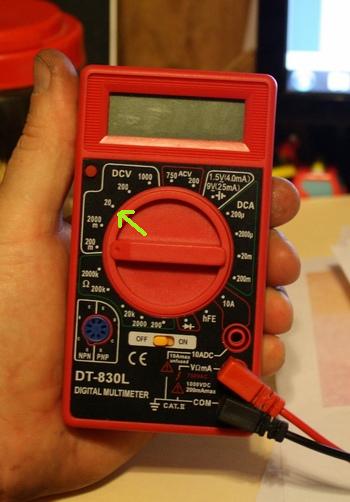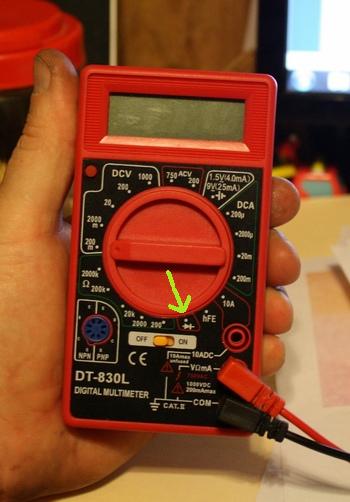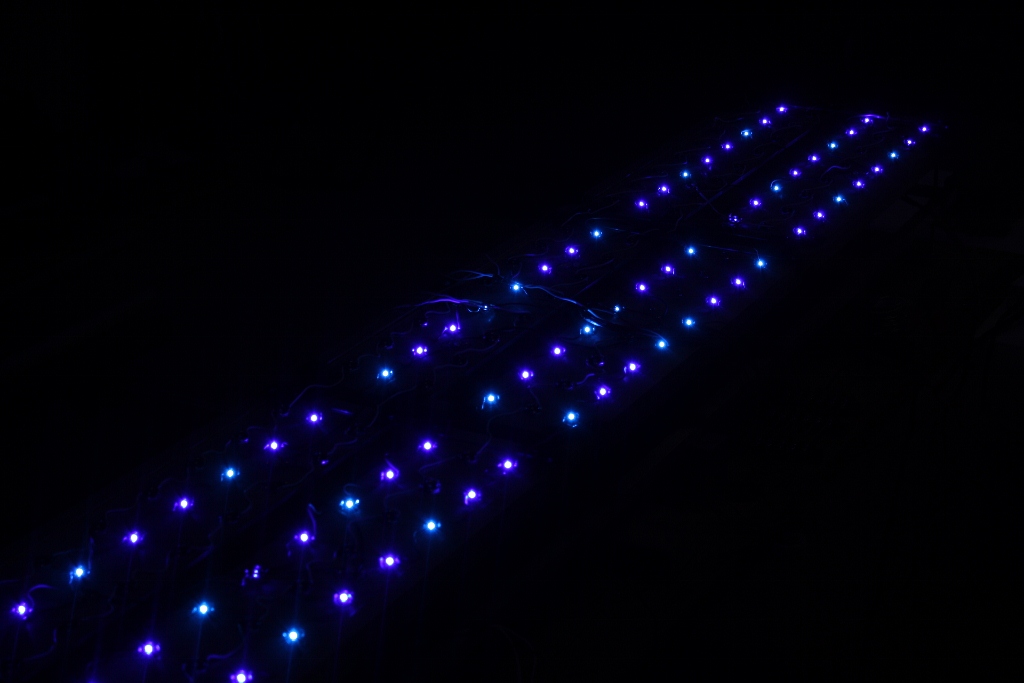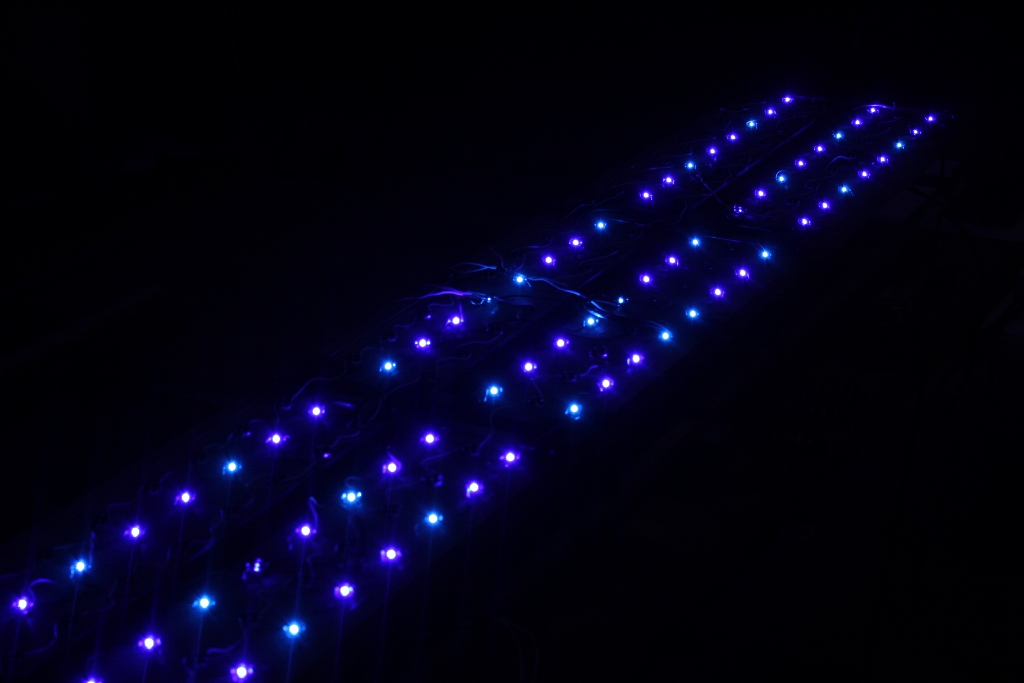Quote:
Originally Posted by
meowzer http:///t/387353/meowzers-led-build/320#post_3422096
OK....no clue what you are talking about in the first paragraph
IF they are different .......HOW different can they be from each other???? AND HOW do you even them up???
Second paragraph: when testing red to positive..etc...the led comes on
When testing red to neg...etc....nothing happens
Forward voltages. Or the amount of voltage each led uses. You'll check each led to find the voltage that each one is using and write them down. The when you add them up for each string you'll be able to see which ones are using more voltage than others. Since the resistance across each one of the leds and soldering points will very slightly. At that point we'll be able to look at the individual voltages that you're wrote down and see which ones can be swapped around to help even out the strings. It sounds more complicated than it is. I know we talked about this before and it was covered in some of the info we sent. This is the balancing part of the fixture that we've discussed. The voltages don't have to be off by very much in order to create larger differences in current. And if these differences are great enough than they can be noticed visually.
Line 1: (3.02)(3.04)(3.04)(3.03)(3.01)(3.03)(3.03)(3.01)(3.00)(3.10)(3.15) = ? voltage
Line 2: (3.02)(2.95)(3.02)(3.10)(3.04)(3.27)(3.20)(3.02)(2.95)(3.18)(3.04) = ? voltage
Ok, so that test worked. I know you said Danny checked all the leds to make sure they light up and work. But he needs to check them the same way across the wires as well.
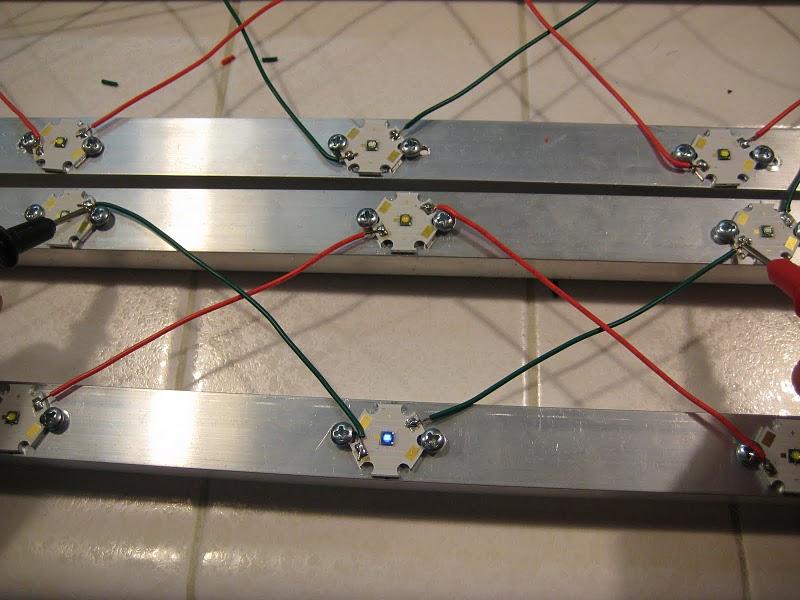
And then to check for shorts to the heatsink...check your negative and positive sides separately. He's probably good on the blue side already. But never hurts to check to be sure.






